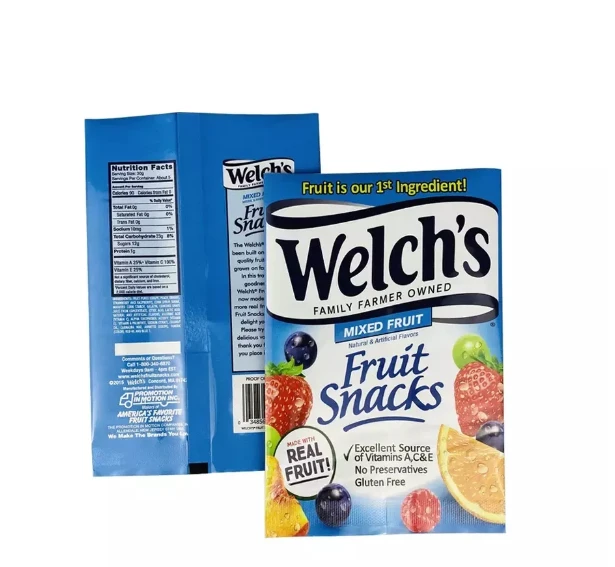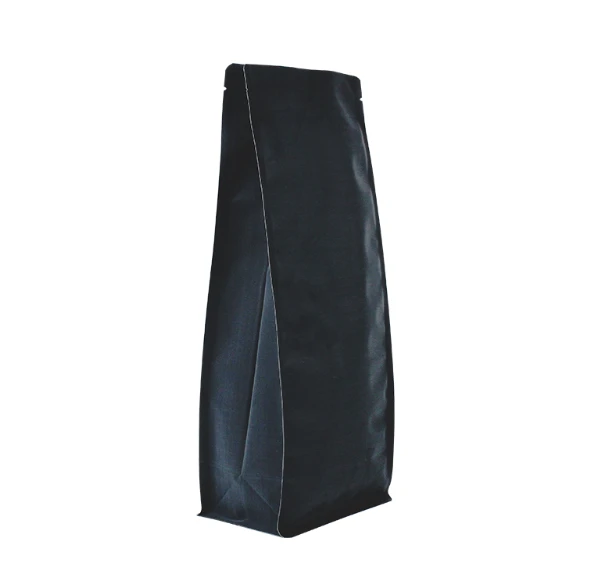- Afrikaans
- Albanian
- Amharic
- Arabic
- Armenian
- Azerbaijani
- Basque
- Belarusian
- Bengali
- Bosnian
- Bulgarian
- Catalan
- Cebuano
- chinese_simplified
- chinese_traditional
- Corsican
- Croatian
- Czech
- Danish
- Dutch
- English
- Esperanto
- Estonian
- Finnish
- French
- Frisian
- Galician
- Georgian
- German
- Greek
- Gujarati
- haitian_creole
- hausa
- hawaiian
- Hebrew
- Hindi
- Miao
- Hungarian
- Icelandic
- igbo
- Indonesian
- irish
- Italian
- Japanese
- Javanese
- Kannada
- kazakh
- Khmer
- Rwandese
- Korean
- Kurdish
- Kyrgyz
- Lao
- Latin
- Latvian
- Lithuanian
- Luxembourgish
- Macedonian
- Malgashi
- Malay
- Malayalam
- Maltese
- Maori
- Marathi
- Mongolian
- Myanmar
- Nepali
- Norwegian
- Norwegian
- Occitan
- Pashto
- Persian
- Polish
- Portuguese
- Punjabi
- Romanian
- Russian
- Samoan
- scottish-gaelic
- Serbian
- Sesotho
- Shona
- Sindhi
- Sinhala
- Slovak
- Slovenian
- Somali
- Spanish
- Sundanese
- Swahili
- Swedish
- Tagalog
- Tajik
- Tamil
- Tatar
- Telugu
- Thai
- Turkish
- Turkmen
- Ukrainian
- Urdu
- Uighur
- Uzbek
- Vietnamese
- Welsh
- Bantu
- Yiddish
- Yoruba
- Zulu
Sustainable Packaging Solutions for a Greener Future and Eco-Conscious Consumers
The Importance of Environment-Friendly Packaging
In the wake of escalating environmental concerns and the growing awareness of resource depletion, the shift toward environmentally friendly packaging has never been more crucial. As consumers become more aware of the impact of their choices on the planet, businesses are increasingly prioritizing sustainable packaging solutions. This shift not only benefits the environment but also enhances brand reputation and fosters consumer loyalty.
Environment-friendly packaging refers to materials and methods that minimize harm to the environment throughout their lifecycle—from production to disposal. Traditional packaging materials, such as plastics, contribute significantly to waste pollution and resource depletion. In contrast, sustainable packaging options include biodegradable materials, recycled content, and reusable packaging solutions.
The Importance of Environment-Friendly Packaging
Biodegradable materials, such as plant-based plastics and paper products, offer a promising solution. These materials break down naturally over time, minimizing their impact on landfills. For instance, companies like IKEA are investing in sustainable packaging options that utilize materials sourced from renewable resources. Such initiatives not only reduce waste but also promote a circular economy, where products are designed to be reused, recycled, or composted.
environment friendly packaging

Recycling is another critical aspect of environmentally friendly packaging. When companies use recycled materials in their packaging, they reduce the demand for virgin resources, thus conserving energy and lowering emissions. A study conducted by the EPA indicates that recycling one ton of paper can save more than 3.3 cubic yards of landfill space. Brands such as Coca-Cola have made commitments to increase the percentage of recycled content in their packaging, further driving the production of sustainable materials.
Moreover, reusable packaging systems are gaining traction as businesses seek innovative ways to reduce waste. Companies like Loop are pioneering a system where consumers can purchase products in reusable containers that are collected, cleaned, and refilled. This model not only decreases single-use packaging waste but also engages consumers in the sustainability journey, fostering a sense of responsibility.
The benefits of transitioning to environmentally friendly packaging extend beyond environmental impact. Companies that adopt sustainable packaging practices often see an increase in customer loyalty, as consumers are more inclined to support brands that align with their values. A survey conducted by Nielsen revealed that 81% of global consumers believe that companies should help improve the environment. By positioning themselves as eco-conscious brands, companies can differentiate themselves in a crowded market, attracting a conscientious customer base.
Adopting environmentally friendly packaging is not without its challenges. Some businesses may face higher initial costs or logistical hurdles when implementing sustainable practices. However, the long-term benefits, both for the planet and the brand, far outweigh the initial investment. As technology advances and consumer demand grows, the cost-effectiveness of sustainable materials will continue to improve.
In conclusion, the shift toward environmentally friendly packaging is a necessary step for both the environment and business success. By reducing waste, utilizing recycled materials, and promoting reusability, companies can play a pivotal role in combating climate change and conserving natural resources. As consumers continue to prioritize sustainability, businesses that embrace eco-friendly packaging solutions will not only contribute to a healthier planet but will also secure their position in the market. The future of packaging lies in sustainable practices, and the time to act is now.













